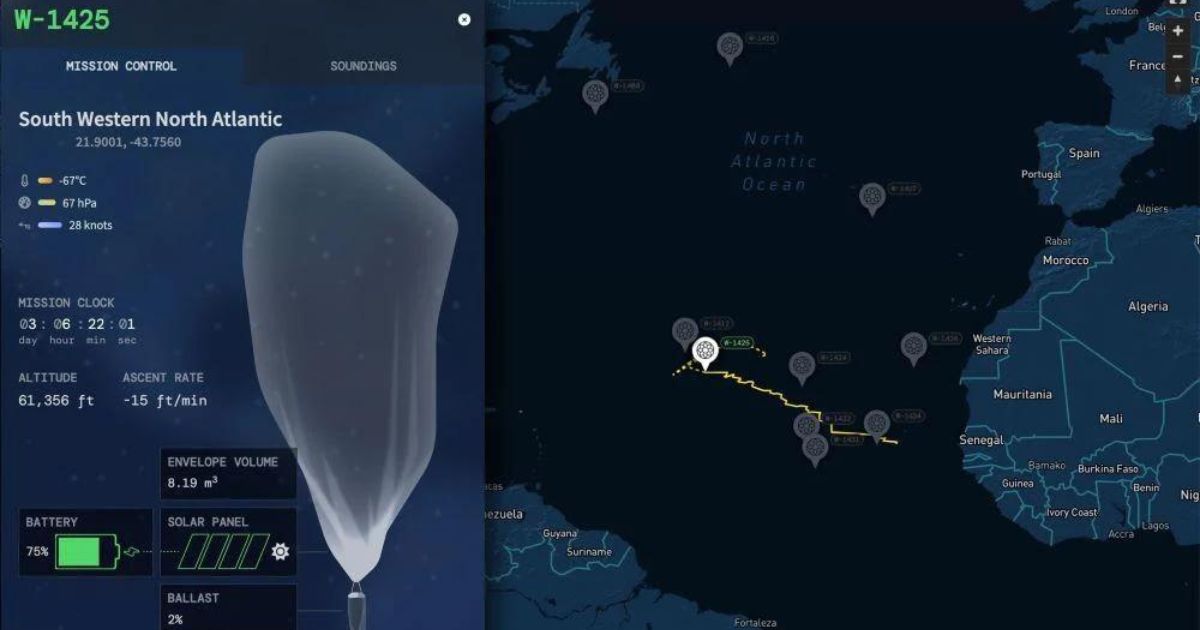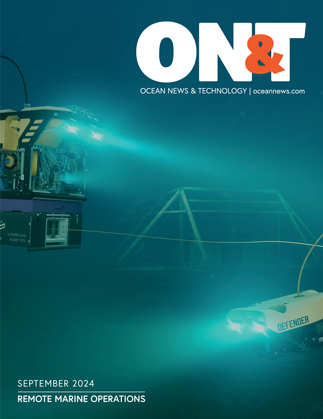US Navy Partnership
In July, WindBorne began a six-month contract with the US Navy to expand its record-breaking AI forecast model, WeatherMesh, into sub-seasonal forecasting and optimize the model for tropical cyclone prediction. This award accelerates:
- WindBorne’s expansion into subseasonal forecasting has included more forecast variables, data types, data ingestion pipelines, and expanded infrastructure.
- The optimization of the WeatherMesh model for predicting tropical cyclones, whose devastating impact has caused 800,000 deaths and $1.4 trillion in damages in the past 50 years.
- Infrastructure tests to establish the compute requirements for augmenting WeatherMesh to meet the operational needs of the Navy.
WeatherMesh Revolutionizes Operational Government Forecasts
WindBorne’s deep learning-backed numerical weather prediction model powers accurate weather prediction based on dynamic global weather data in an edge computing environment, bringing the command center to the field.
- WeatherMesh currently executes weather forecasting calculations more than 1,000x faster than physics-based meteorological models. WeatherMesh can compute a 10-day forecast in under 60 seconds on a single GPU.
- WeatherMesh has also proven its ability to accurately predict the behavior of extreme weather phenomena, such as hurricanes. When Hurricane Ian ravaged Florida and South Carolina in September of 2022, its effects were devastating, not least of all because Ian’s predicted path had been inaccurate. In a recent model test, WindBorne fed WeatherMesh data available 72 hours preceding the landfall of Hurricane Ian. The result was astonishingly near accurate.
China’s Pangu-Weather AI model runs significantly faster than legacy models. As AI modeling technology accelerates by the day, it is imperative that the US continue modernizing its own weather prediction solutions.
Public and Commercial Business Expansion
WindBorne’s most recent Department of Defense awards build upon previous contracts with the Air Force and Navy and complements its ongoing work with partners such as the National Oceanic and Atmospheric Administration (NOAA) and the Defense Innovation Unit (DIU).

NOAA has also been an operational customer of WindBorne since early 2023. WindBorne has since expanded into the commercial sector with its atmospheric data and AI modeling services.
WindBorne’s Data and AI Modeling Platform
WindBorne’s data collection is powered by its constellation of patented Global Sounding Balloons (GSBs). WindBorne’s miniaturized sensing balloons are a long-duration, AI-enabled weather balloon that can autonomously release ballast, release gas, shift altitude, maintain altitude, target geographic regions and more throughout month-long flights.
Some of the GSB’s key capabilities:
- Autonomously Navigate and Maneuver: GSBs can shift altitude to take dozens of vertical profiles of the atmosphere from surface level to the lower stratosphere throughout flights. Flights can autonomously navigate to targeted regions or weather phenomena, dynamically shift geographic targets mid-flight, and predetermine regions to avoid.
- Long-duration: GSB flights exceed one month. The GSB is so effective that it has successfully completed double circumnavigations of the globe in a single flight and hit 100 km2 geographic regions from across the world.
- Collect New Data: Due to their flight duration and maneuverability, GSBs can collect atmospheric data that was previously unattainable.
- Improve Weather Forecasts: In NOAA-performed comparison studies, the GSB has notably improved weather forecasts.
WindBorne now feeds its data into its own real-time AI-based forecasting model, WeatherMesh, a ground-breaking medium-range global forecasting model that has surpassed the previous record-holder Google’s GraphCast on key forecasting metrics. WindBorne has since developed an adjacent high-resolution forecasting model and continues to advance its modeling technology.

